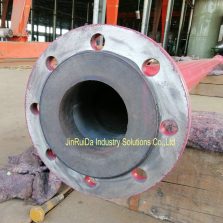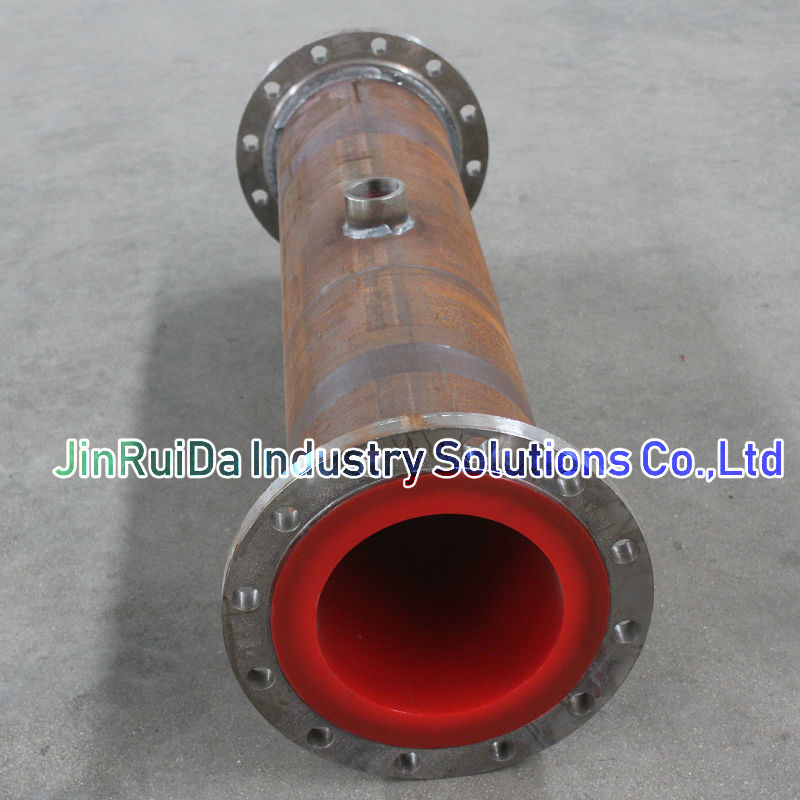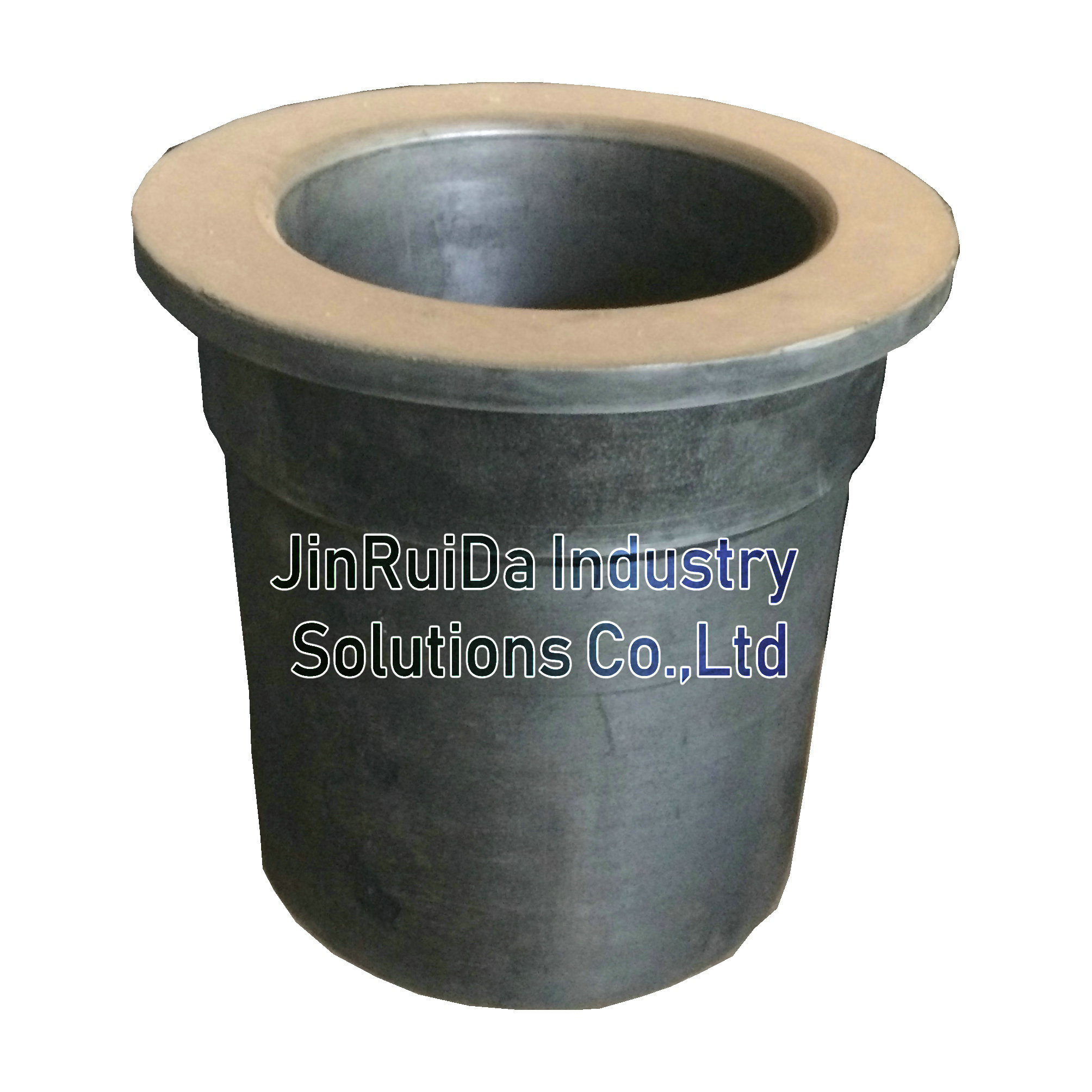Description
Rubber Molded Parts Refer To Rubber Parts Vulcanized Into Corresponding Shape And Size Specifications In a Steel Mold Customized According To Drawings. Our Company Can Customize Various Types Of Rubber Parts According To The Needs Of Customers. At Present, The Production Of Hydrocyclone Lining, Ball Mill Lining, Slurry Pump Rubber Parts, Rubber Sieve Plate, And Flotation Machine Rubber Stator And Rotor.
Molding Process
The Prevulcanized Rubber Was Put Into The Heated Mould, And Under The Double Action Of Pressure And Steam, The Corresponding Shape And Size Were Pressed And Vulcanized.
Factors To Be Considered In Rubber Parts Production Process
Rubber Forming Needs To Retain Certain Tolerance Standards In Order To Produce Qualified Products. There Are Many Factors Affecting The Manufacturing Tolerance Of Solid Rubber Products. These Factors Are Unique To The Rubber Industry, As Follows:
Shrinkage Rate
This Is The Difference Between The Corresponding Linear Dimensions Of The Die And The Part. When Parts Are Cooled, All Rubber Materials Will Shrink To a Certain Extent After Forming. Die Designers And Compounders Must Measure Shrinkage And Incorporate It Into The Dimensions Of The Die Cavity. Even If The Die Is Manufactured For Anticipated Shrinkage, There Is Always An Inherent Difference That Must Be Covered With Appropriate Dimensional Tolerances. Complex Shapes In Moulded Rubber Products May Limit Linear Shrinkage In One Direction And Increase Linear Shrinkage In The Other. Rubber Manufacturers Have Been Working To Minimize These Variables, But They Cannot Eliminate Them Completely.
Mould Design
Die Design And Manufacturing Can Achieve Different Accuracy At Different Costs. For Any Type Of Die, The Die Generator Must Have Certain Tolerance. That’s Why Each Cavity Is Different. Dimensional Tolerances Of Rubber Products Must Include Tolerances Of This Fact. Most Moulded Rubber Products Are Manufactured With Two Plate Moulds, While Complex Ones Require Three Or More Plates.
Dressing
The Main Purpose Of Dressing And Finishing Operations Is To Remove Rubber Materials, Such As Flying Edges, Which Are Not Part Of The Finished Product. This Is Usually Possible Without Affecting Important Dimensions, But In Some Cases, Certain Materials Are Removed From The Parts Themselves.
Insert
Most Embedded Materials, Such As Metals, Fabrics And Plastics, Have Their Own Standard Tolerances. When Designing Inserts For Rubber Moulding, Other Factors, Such As The Matching Of Die Cavity, The Position Of Inserts Relative To Other Sizes, And The Appropriate Spacing Between Inserts And Die Pins, Must Be Taken Into Account At Room Temperature.
Distortion
Because Rubber Is a Flexible Material Affected By Temperature, It May Be Deformed When Parts Are Removed From The Die Or Packaged For Shipment. This Deformation Makes It Difficult To Measure Parts Accurately. However, Some Deformation Can Be Minimized Or Eliminated By Preserving The Part As Stress-Free As Possible For 24 Hours At Room Temperature.
Environmental Storage Conditions
Temperature: The Size Of Rubber Varies With Temperature. It Is Necessary To Specify The Time Required To Measure The Temperature Of The Part And To Stabilize The Part At That Particular Temperature.
Humidity: Rubber Materials Rarely Absorb Moisture. Therefore, The Size Of The Product Is Affected By Its Moisture Content. This Can Be Minimized By Stabilizing The Product In a Temperature And Humidity Control Area For At Least 24 Hours.
Dimension Terms
Fixed Size Is Not Affected By The Change Of Flying Edge Thickness.
Seal Size Is Affected By The Change Of Flying Edge Thickness.
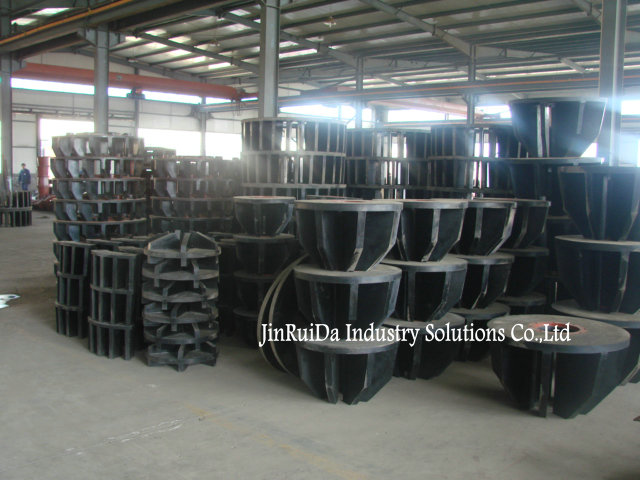

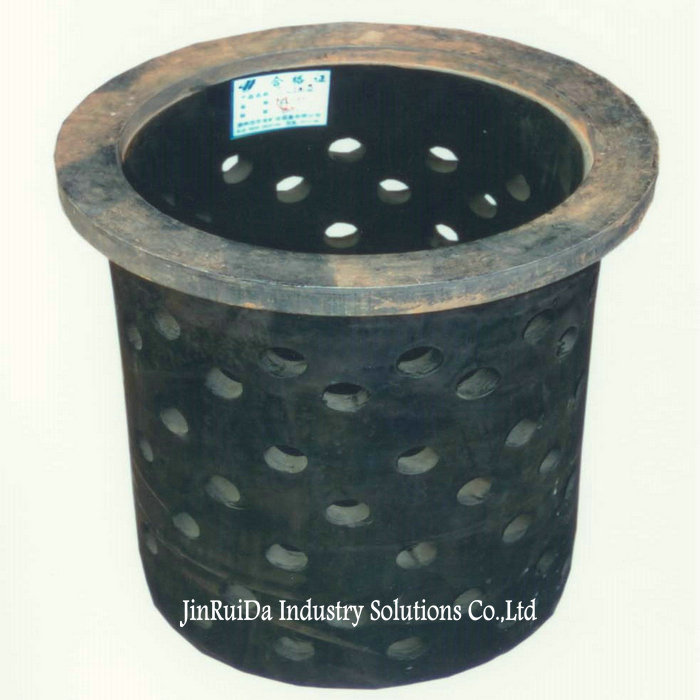
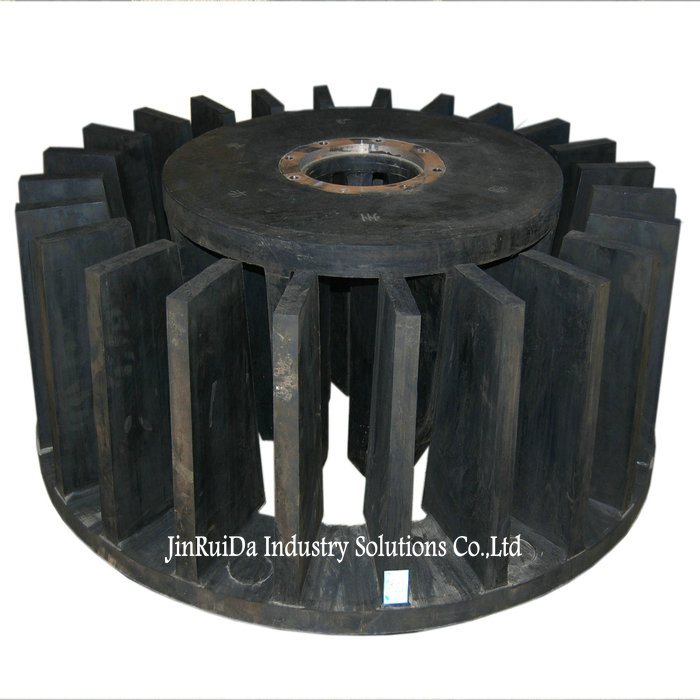 Mould-Rubber-Parts-2[/caption]
[caption id="attachment_349" align="alignnone" width="700"]
Mould-Rubber-Parts-2[/caption]
[caption id="attachment_349" align="alignnone" width="700"]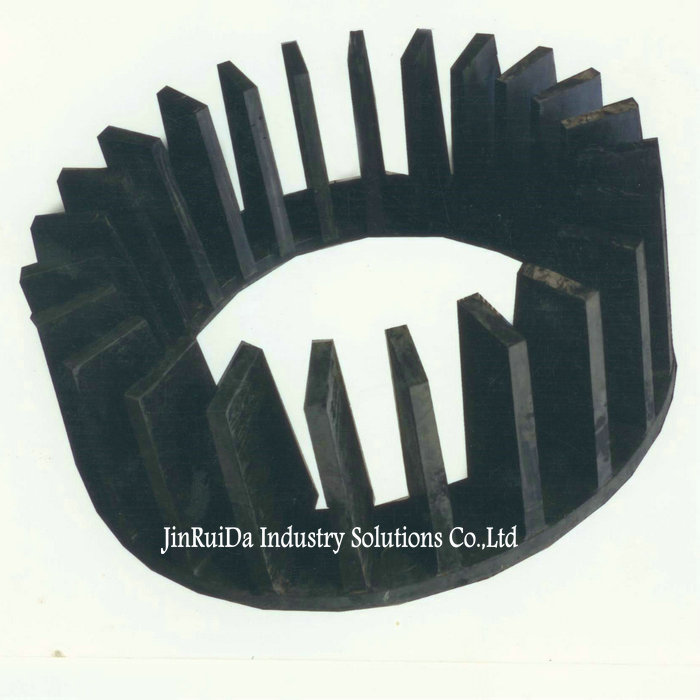 Mould-Rubber-Parts-1[/caption]
[caption id="attachment_351" align="alignnone" width="700"]
Mould-Rubber-Parts-1[/caption]
[caption id="attachment_351" align="alignnone" width="700"]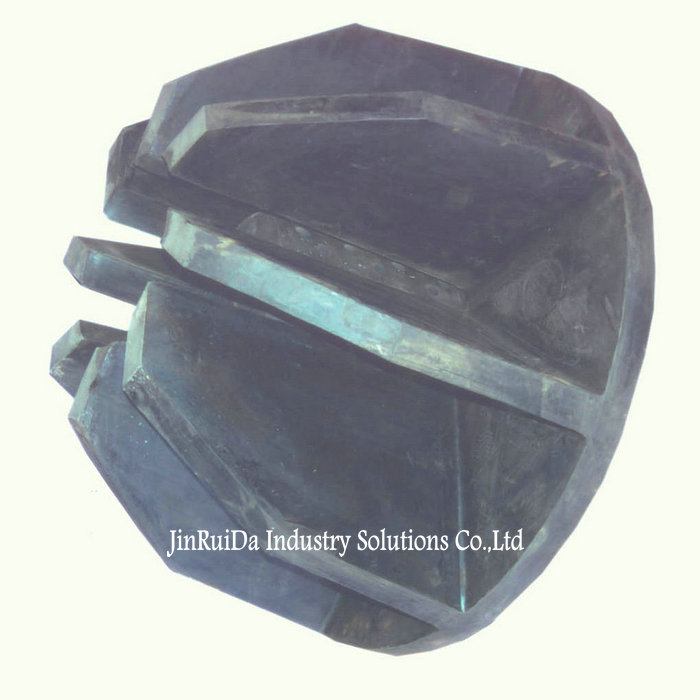 Mould-Rubber-Parts-3[/caption]
Mould-Rubber-Parts-3[/caption]